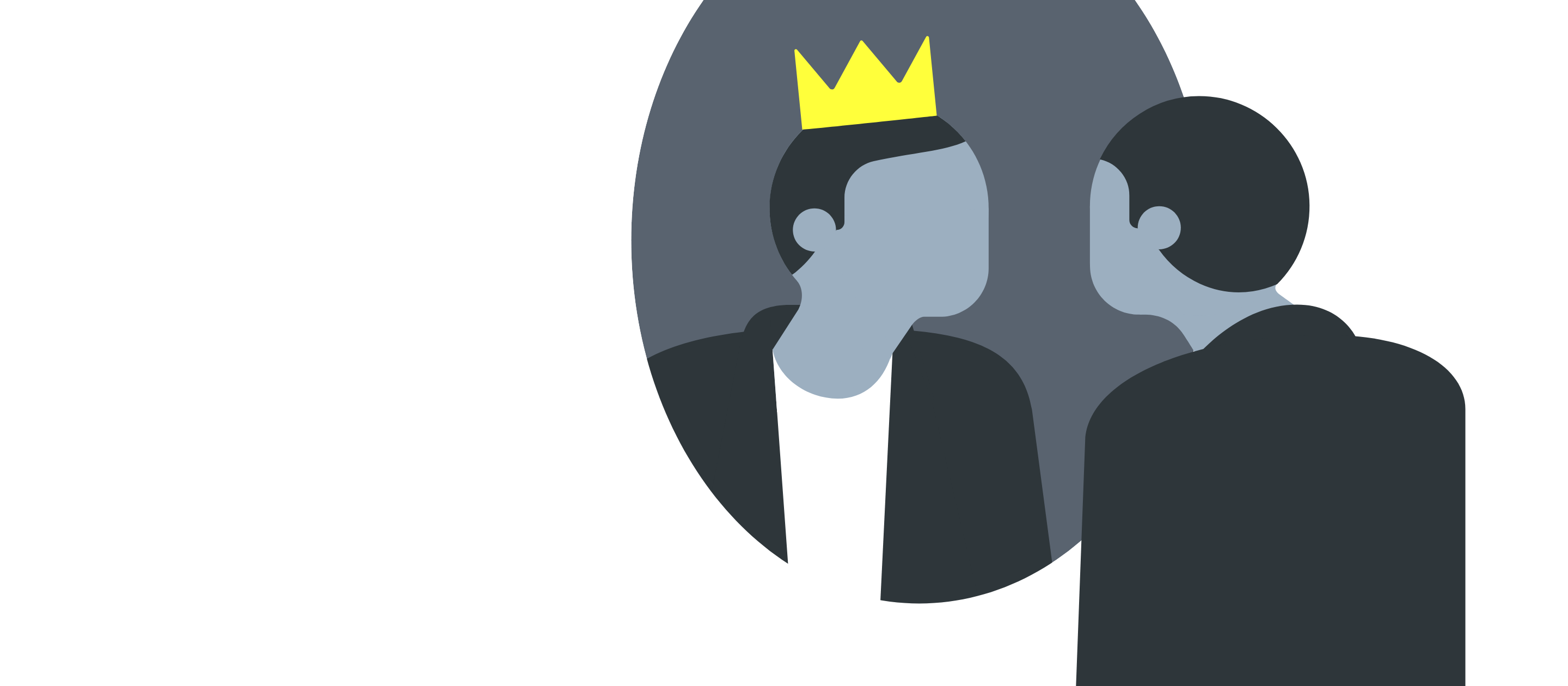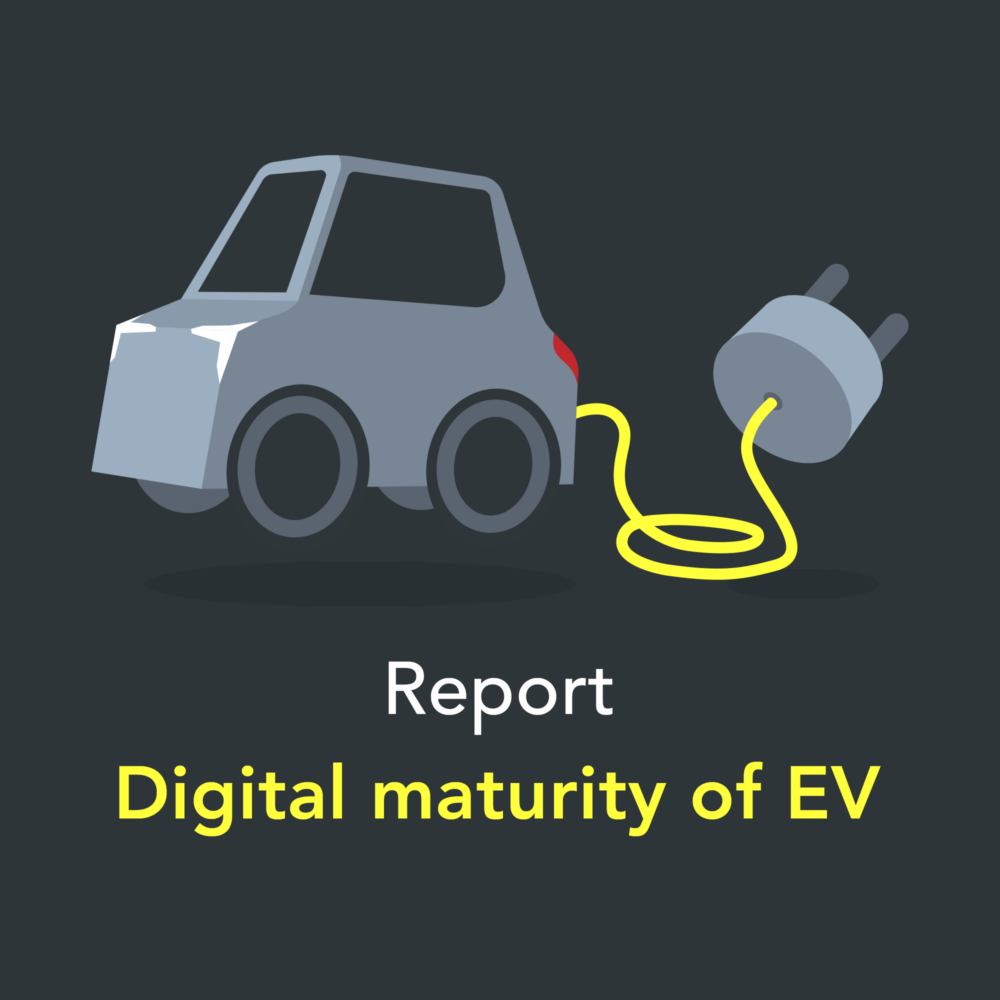Free coffee, an extra 10% discount on sofas and chairs, an extra year’s warranty, personalized offers, exclusive events, coupons in the app, upgrades and free delivery. Brands do everything they can to keep their customers loyal. After all, a loyal customer spends more, is easier to follow and sometimes even advertises for free. In theory, a loyalty program is a win-win situation: in exchange for something extra, the customer value increases. In reality, things can go a bit differently. Should we reward loyalty or should we encourage incremental behavior? And what is loyalty really? Can you increase loyalty from one side or does it work both ways? Can you manage loyalty and think about it in advance? And if that is not possible, how does a loyalty program work?
What could a good loyalty program look like?
A look at the contents of the (digital) wallet shows that the average Dutch person is a member of seven loyalty programs. The average American? Fourteen programs! So they are popular. But are those programs also good?
There are numerous types of loyalty programs. In one program, points are accumulated per purchase or based on the purchase amount, which can be redeemed for products, services or discounts. In the other, purchases or purchase amounts provide progressively higher levels with increasing benefits. There are also paid programs where a periodic fee provides certain privileges. And then there are the good old stamp cards.
All loyalty programs try, by means of customer benefits, to build a customer relation for a long(er) time, to get them to spend more (in more product categories), to make a purchase more often or to acquire new potential customers. In almost all cases, it’s also a goal of loyalty programs to create the richest possible customer profile. This profile, in turn, helps to better segment customers and potential customers and make more relevant offers, which in turn ensure the achievement of the goals we mentioned earlier.
The current amount of loyalty programs says something about their popularity, but not necessarily about their effectiveness. If one brand has a loyalty program, then so does another. What are competitors doing? What are the big brands doing? What leading research indicates what? Just do a loyalty program to be sure.
Pitfalls
Loyalty programs are still too often initiated without clear goals. There are a number of common pitfalls when setting up and managing a loyalty program.
Pitfall 1: No objectives
Often the main goal of a loyalty program is customer identification, but often hard and soft kpi’s are not determined in advance. This is a shame, because without concrete objectives, such as RFM and NPS for example, a program is rudderless. It may exist, but it has no soul.
Pitfall 2: Focus on calendar management
Loyalty is not a project, but a framework or mechanism. Loyalty, of course, exists before a program is built around it. It is something that must be part of the organization. Loyalty, and managing it, must be measured, learned from, and built upon. Build-measure-learn, in other words, rather than setting up and completing a stand-alone project on a marketing calendar.
Pitfall 3: Valuing existing behavior
Rewarding a regular customer with a free cup of coffee is quite sympathetic, and it may also enhance that customer’s loyalty, but it is neither sustainable nor measurable. The first step should be to reward the creation of a customer profile, which in the future can be linked to purchases and activities.
Pitfall 4: The same program for every customer
Every customer and segment is unique. Different customers have different needs. A loyalty program that is the same for every customer will only work for a small portion of those customers. Therefore, build a program that is appropriate for each customer, using several smaller components. That way, although there is one program, every customer finds value in it.
Pitfall 5: The program as a goal
73% of customers say a loyalty program should be a way for brands to show loyalty to customers, while 66% of brands say it should be a way for customers to show loyalty to brands. Does the truth perhaps lie in the middle? Should loyalty perhaps come from two sides then? It is therefore the wrong approach to see the program as a goal. Brands need to ask why loyalty is important and in what ways it can be fostered so that both brand and customer benefit.
Pitfall 6: Wrong organizational interpretation
Rolling out a loyalty program is easy. Numerous marketers have experience with this. Often the investments are manageable and come from the budget for operational marketing. But without a clear foundation in the organization, it remains a project that quickly loses value and causes problems. Without a business owner with concrete (customer value) objectives, the program leads a marginal existence that simply cannot withstand the pressure of the commercial calendar.
This is how we see loyalty
A loyalty program is a mechanism to establish, develop and capitalize on a relationship between brand and customer. The program must have clear objectives, be actively managed, be driven by quantitative and qualitative insights and only reward incrementally desired behavior. In short:
The goal = to manage and improve customer value.
The program = the tools and motives for desired behavior.
The channels = where the interaction between brand and customer takes place.
The building blocks of loyalty management
Loyalty is at the intersection between customer desires, brand positioning and business objectives. These building blocks must be continuously aligned and improved.
Customer desires
Customers don’t need a program, they need relevance. There is a good balance between immediate gratification and long-term benefits, as well as a balance between emotional and instrumental benefits. These emerge in these five types of customer desires:
Access
Exclusive information, access to events, priority on limited sales, special service and pre-orders are all examples of access that may require an account. It’s a fair trade-off in a lot of ways: create an account and get access. With that, access is often a great first step for collecting and improving profiles.
Financial benefits
Financial desires can include, for example, a discount percentage, a free product when purchasing another product, cashbacks and free delivery but also benefits such as buying on credit or paying in arrears. In the long run, saving points for discounts or products and longer warranty periods are also examples of financial benefits.
Administrative and/or functional benefits
Order history, digital receipts and a flexible returns service (such as the generation of returns labels) are administrative benefits that, within a loyalty program, offer mainly very practical advantages.
Social sharing
This concerns the sharing of opinions, reviews and information by customers to others.
Self-expression
When consumers can personally connect with a brand by, for example, co-creating or personalizing products or even putting together packages and products, that is a form of self-expression.
These five desires can increase customer value, can be part of loyalty programs and take place on different channels. Some customers have different needs than others. Thus, while there may be only one program, by meeting different customer needs, each customer relationship is different in the same program.
This is a successful loyalty program
A successful loyalty program has a positive return on investment (roi). This can be achieved through a constant interaction between:
- identifying incremental desired behavior;
- assessing the business value of this behavior;
- calculating the investment to achieve this behavior;
- actually facilitating and encouraging the behavior;
- measuring, learning and improving.
Loyalty comes from both sides and is a bit more than a free cup of coffee.


